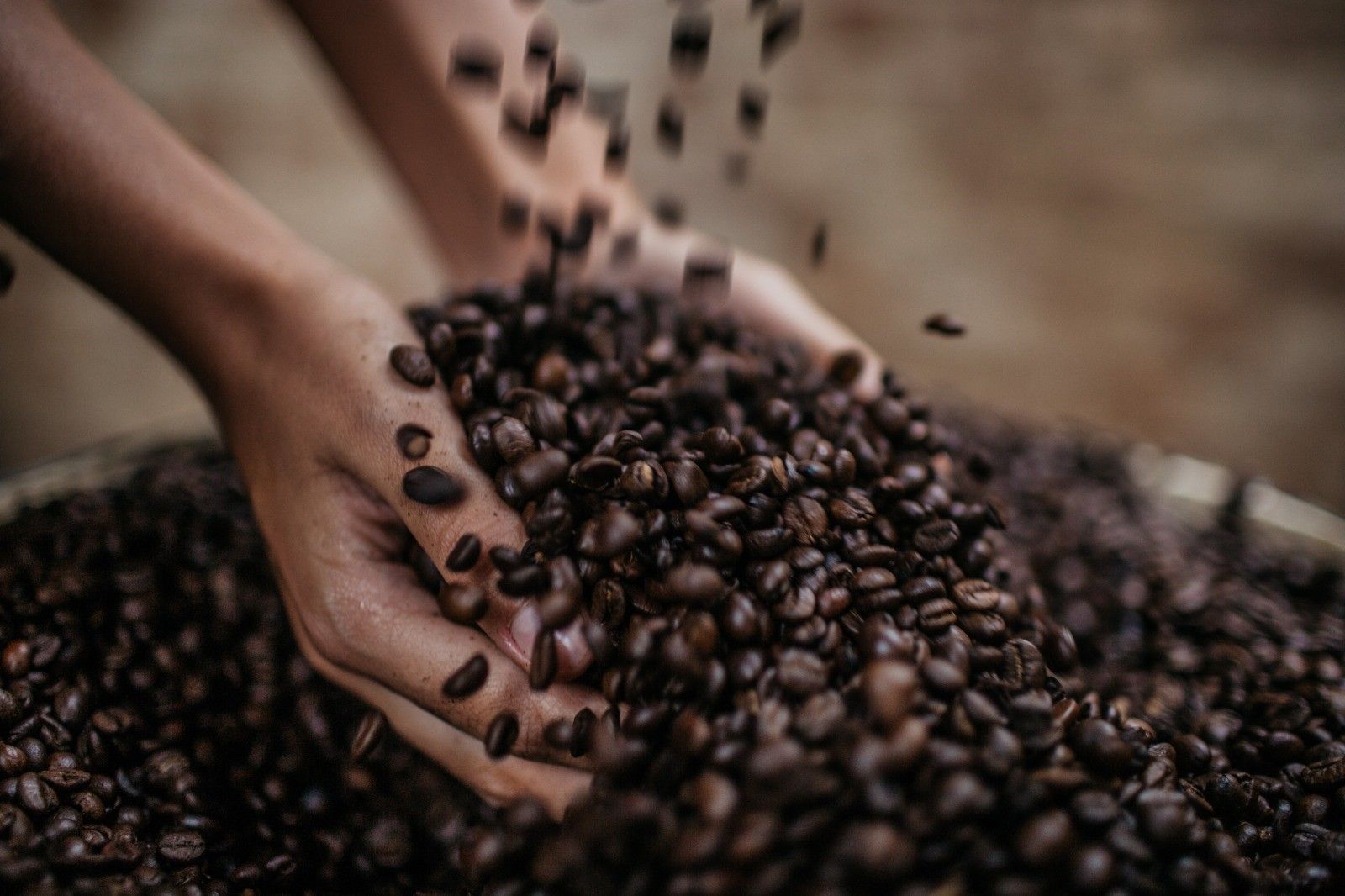Every coffee aficionado aims to make the best cup possible, which means careful attention to each step in the brewing process. We can pay attention to the bean, the type of water and the water temperature, the measurement of coffee used, and whether we our grinding our beans fresh on the spot. With the myriad coffee types and coffee appliances available to us, one crucial element of the process is often misunderstood and overlooked: the coffee grind.
Coffee grind not only matters, it is possibly one of the most important steps in the coffee brewing process, as grind size can dramatically change the taste of your coffee, transforming it from perfection to undrinkable bitterness.
So, how does grind size affect our coffee, and which grind is right for your coffee brewing method?
When it comes to grind size, there are two main factors that matter: the amount of time the coffee grounds are in contact with the water and the speed with the which the water is flowing through the grinds. If your brewing method has a short contact time, as in an espresso machine the grind should be finer. Alternatively, If the coffee method steeps coffee grounds in water for several minutes, the contact time is higher and, therefore requires a coarser grind.
If you ignore this and the contact time is too high or the grind is too fine, it will result in an over-extracted brew which will be bitter. If the grind is too coarse or the contact time is too short, the coffee will turn out weak.Finding the proper balance between the two will help in producing the best cup of coffee possible.
So, which coffee grind size is for you?
For our pre-ground coffee tins, we take out the guesswork and list the ideal brewing types within each product description. If you’re grinding our coffee beans yourself, then here is a good guide for which grind suits your desired brewing method.
With an array of different brewing methods, knowing which grind size to use is crucial to getting the best possible cup.
Turkish coffee calls for an extra fine grind size
Espresso’s high pressure brewing has a short contact time and requires an extra fine grind
AeroPress,a single-cup manual coffee maker, similar to a French press requires a medium to fine grind, depending on steep time
Pour-over brewers popular in Europe, call for a medium to medium-fine grind
The Moka pot (or pour over Espresso maker) has a longer contact time than its high pressure cousin, and therefore requires a medium grind
A single-cup coffee maker, such as a Nespresso Compatible Coffee Machine now allows for reusable capsules for custom coffee blends and calls for a medium to medium-fine grind
Drip coffee is the most popular American brewing method and requires medium-coarse to medium grind
The French press is a long steeping method and therefore requires a coarse grind
Ultimately, any recommendation is secondary to your own palate and taste preference. And if you find that you coffee is weak, adjust to a finer grind and if your coffee tastes bitter or overly strong, adjust to a coarser grind.
In addition, regardless of the grind, uniformity matters – so apply a bit of patience during your grinding process and aim for an even grind when grinding your beans. And be sure to regularly and thoroughly clean your coffee maker, as old grounds can tarnish the flavor of a fresh cup of coffee.





